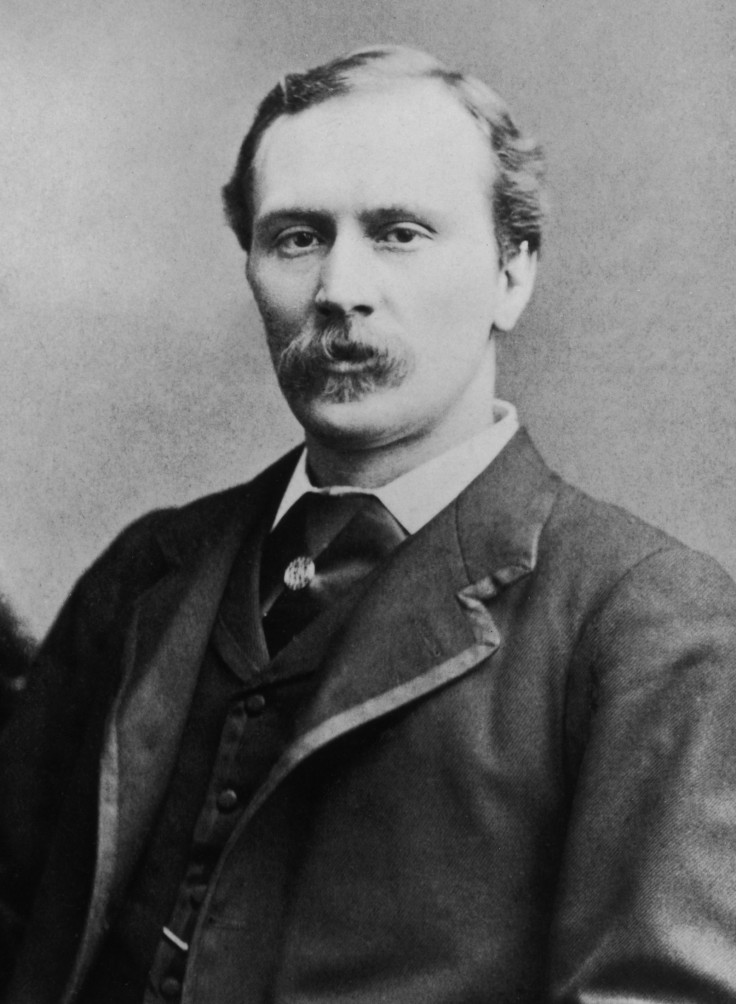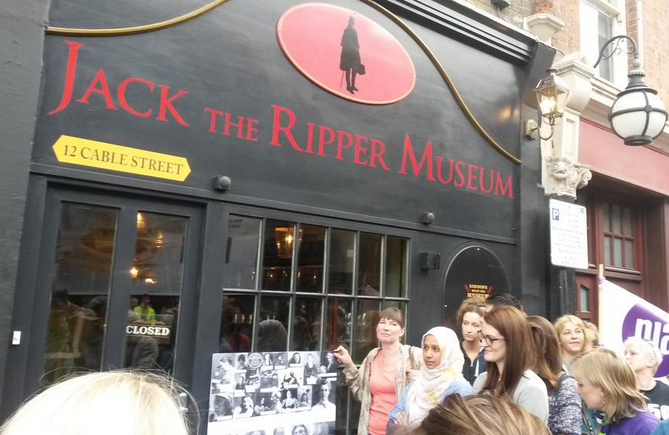Does new evidence of Jack the Ripper's 'diary' confirm identity of East End serial killer?
Publisher of memoir believe serial killer was James Maybrick.

Experts say there is new evidence that a diary supposedly written by Jack the Ripper is genuine, opening the possibility of finally laying bare the true identity of the notorious Victorian serial murderer.
Doubt had been cast on the veracity of a memoir published 25 years ago by a Liverpool cotton merchant James Maybrick.
The person who brought it into the public domain, a scrap merchant, also from Liverpool, Mike Barrett, died before he could satisfactorily explain where the diary came from, leading to speculation that it was based on a forgery.
But a team of experts, led by the film director Bruce Robinson, say they have evidence that the memoir was indeed found in Maybrick's home and it is the genuine article, describing the murders.
Maybrick died in 1889, a year after the Whitechapel murders. In 1992, a team of electrical contractors were helping to renovate his property, known as Battlecrease House.
Among the new evidence are timesheets which show that the workers were at the property March 9 1992, the very day that Barrett informed a London literary agent that he had Jack the Ripper's diary.
Robert Smith, who published the original diary in 1993, told the Telegraph that because Barrett had boasted about being an author, when the electricians found the memoir, they believed he could help them sell it to a publisher.
"He was not very literate and the idea that he would have been capable of producing such a sophisticated and credible forgery is not remotely plausible," Smith said.

Barrett said he had made the whole thing up three years later, a confession he later retracted, while the electricians later denied being involved in the discovery although none of their stories matched.
It has added to the mystery surrounding the diary, whose detractors say was a fabrication cribbed together from news reports at the time, while its supporters say only the real killer could have known the details it purports to reveal.
Smith himself is adamant that the diary is a genuine document written in 1888 and 1889.
"The new and indisputable evidence, that on 9 March 1992, the diary was removed from under the floorboards of the room that had been James Maybrick's bedroom in 1889, and offered later on the very same day to a London literary agent, overrides any other considerations regarding its authenticity.
"It follows that James Maybrick is its most likely author. Was he Jack the Ripper? He now has to be a prime suspect, but the disputes over the Ripper's identity may well rage for another century at least".
© Copyright IBTimes 2025. All rights reserved.




















